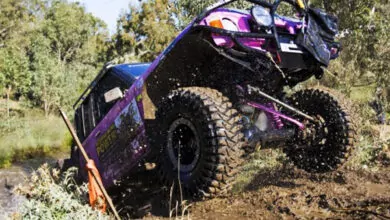First time Skiing? What to Wear Skiing & Snowboarding
Skiing is an exciting winter sport. Who doesn’t want to try it at least once in their lifetimes?
When it comes to hitting the ski slopes, what you wear plays a critical role in your comfort, safety, and enjoyment. Let’s break down the essentials for your skiing attire:
Picture this: You’re perched high on a snowy mountain, the crisp alpine air tingling with the promise of adventure. You can almost taste the exhilaration as you prepare to carve your way down the slopes. But hold on, there’s one crucial detail you can’t overlook—what to wear. Skiing isn’t just a sport; it’s a high-octane dance with the elements. It’s a test of your mettle against the freezing cold, whipping winds, and ever-changing conditions.
So, gear up, because in this guide, we’re diving headfirst into the thrilling world of what to wear skiing. Get ready to embrace the mountain, conquer the snow, and do it all in style.
For skiing beginners, safety is the first rule, the second, and the third. It is important that you first list all best skiing spots and gear up appropriately before hitting the snow, therefore, here is a comprehensive guide on what to wear if you’re skiing for the first time.
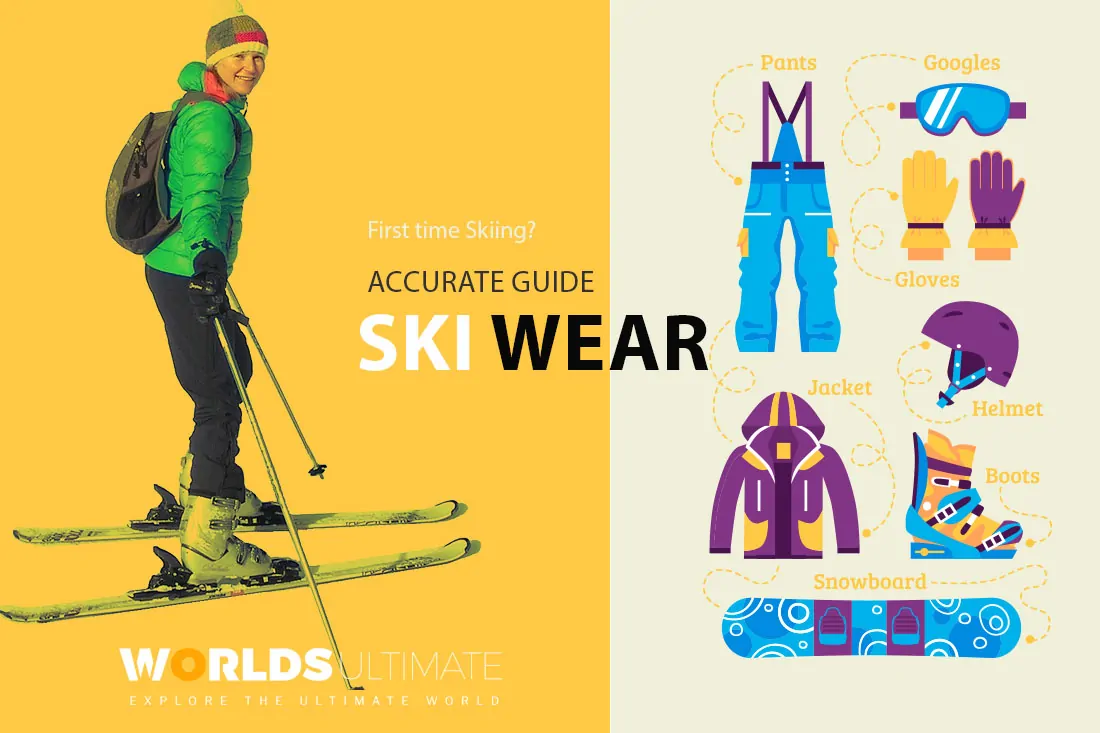
Table of Contents
How to Layer for Skiing
Warm Up with a Base Layer
The two basic things you need to look for in fabrics for your base layer are moisture wicking and heat retaining properties. For those who don’t know what wicking away moisture means, it means there are fabrics that can pull moisture, such as sweat, from the body to the outer layer of the fabric, where it evaporates more easily.
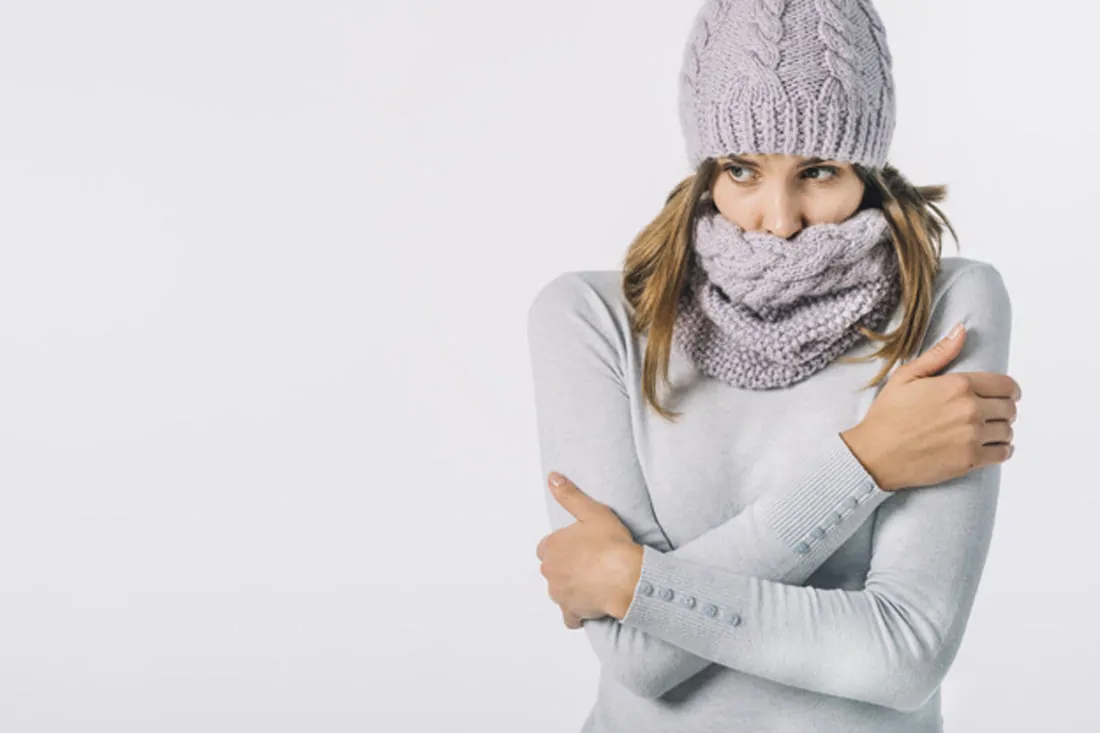
Wear skin-fitting clothes as your base layer, for example, leggings and full-body thermal suits.
- Suitable Material: Synthetic fabric like Nylon, Polyester, and Merino Wool
- Minimum Cost: $25
- Perfect for Conditions like: Snow, Skiing
- Type of Skiing: All types
- Salient Features: Dries quickly, prevents perspiration, keeps you warm.
Bundle up with a Middle Layer
The middle layer is essential to keep the cold out. In that regard, you should bundle up with sweatshirts and yoga pants. Fleece is the best fabric for it. You can also wear hoodies if you want. However, make sure to stay away from cotton and jeans as they retain moisture heavily, making your clothes soggy and wet. If you get too hot, this is the layer you should take off, not your outer layer.
- Suitable Material: Fleece
- Minimum Cost: $50
- Perfect for Conditions like: Extreme Cold
- Type of Skiing: All types
- Salient Features: Lightweight and breathable
Finish Off with an Outer Layer
This is where the professional-looking gear comes in. The outer layer solely comprises of jackets and pants made specially for skiing. You should opt for gear that is waterproof and well-insulated because you need to keep the cold out, as much as you can. Also, outer layers should also serve as windbreakers.
- Suitable Material: Gore-tex, down, polyester
- Minimum Cost: $130
- Perfect for Conditions like Wet weather, snow, blizzards
- Type of Skiing: Downhill
- Salient Features: Insulated, Waterproof and Windproof
What to Consider in a Ski Jacket
Ski Jacket comes under the category of outer layer, so it should have the above-mentioned properties. Look for jackets that are multiple-layered. The inner layer should be made of insulated material like wool, while the outer layer should contain shell or soft shells. Shell jackets make sure the water stays out. On the other hand, soft-shell jackets are for summer because they are not waterproof. The moisture evaporates in sunlight during summer.
- Suitable Material: Down, fleece and polyester
- Minimum Cost: $115
- Perfect for Conditions like Both snow and summers
- Type of Skiing: Downhill, uphill
- Salient Features: Depends on the season at the time of skiing
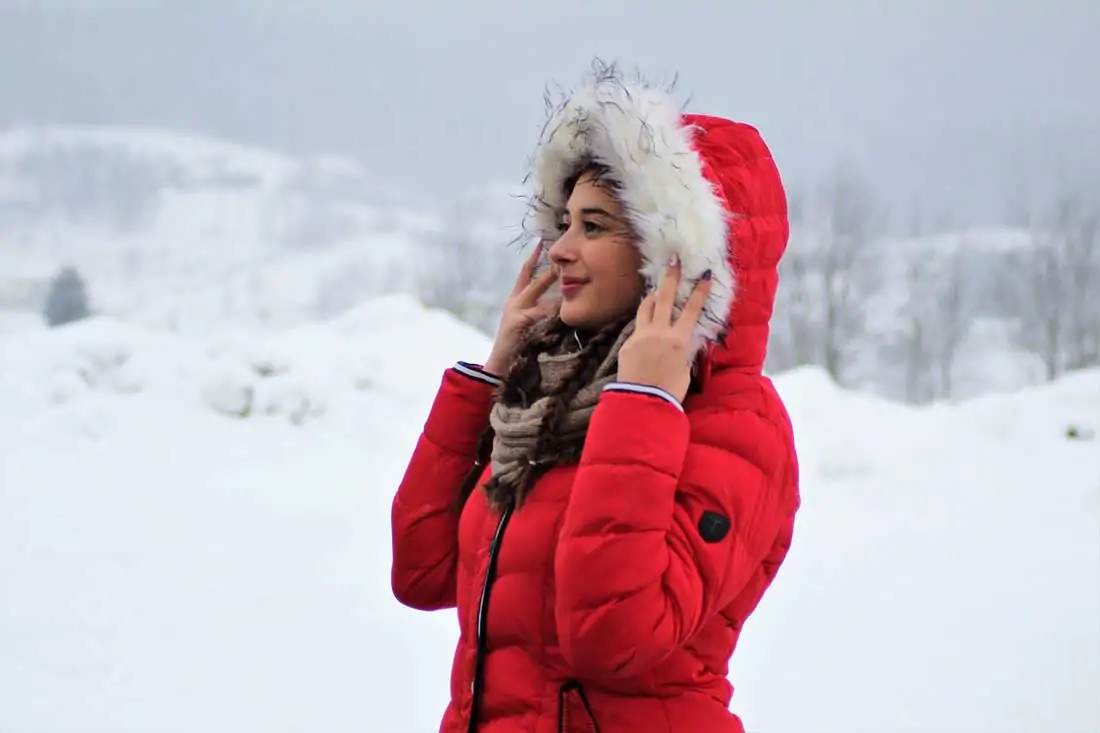
Ski Jackets for Women
There is no essential difference between ski gear for men and women except for size and the cut of the cloth. But if looks and color matter to you a lot, there is a great variety of women’s ski jackets in the market. You can buy any one of those.
Ski Jackets for Men
Men’s ski jackets are usually bigger and drabber than women’s, but like I said, the material is the same. If the store runs out of products of your size, you can certainly buy one from the women’s section. In addition, unisex gear is also available, you can opt for that as well.
How to Choose Appropriate Ski Pants
Ski pants need to have the same properties as ski jackets. They should be baggy enough to not hinder the base and middle layer underneath. They should allow free movement, the lack of which can prove to be fatal during skiing. Ski pants should be water-resistant and be able to wick away perspiration. Additionally, look for pants that have gaiters to keep the snow from getting into your shoes.
- Suitable Material: Synthetic material like nylon, fleece and shell trousers
- Minimum Cost: $160
- Perfect for Conditions like Wet and snow
- Type of Skiing: All types, depending on season
- Salient Features: Moisture-resistant, wind blockers
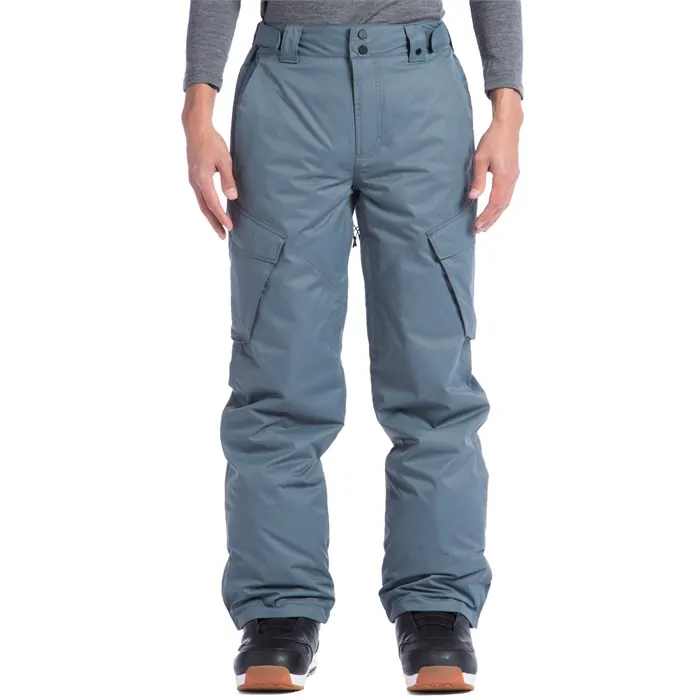
Women’s Ski Pants
Ski pants for women are smaller as compared to ski pants for men. Similar to jackets, sports gear for men and women is made of the same materials, only the sizes are different. In addition, ski pants for women may have extra linings for comfort during mensuration.
Men’s Ski Pants
Men should look for ski pants that are larger and a size too big, however, not big enough to cause disruption in movement. Men should take extra care to choose suitable underwear as well. Opt for silk and seamless fabric to prevent chaffing.
Keep the Frostbite Away with Ski Gloves
Your fingers are at a danger of acquiring frostbite, especially if you’re a first-time skier. Since beginners are not used to the cold and snow, they can contract frostbite quickly. In order to prevent this, you must wear gloves. Choose gloves that are insulated and waterproof. Keeping you warm and the cold away is their first job. You can buy separate linings to reinforce your gloves as well.
- Suitable Material: Gore-tex, leather
- Minimum Cost: $20
- Perfect for Conditions like: Snow and rain
- Type of Skiing: Backcountry, uphill and downhill
- Salient Features: Breathable, Insulated
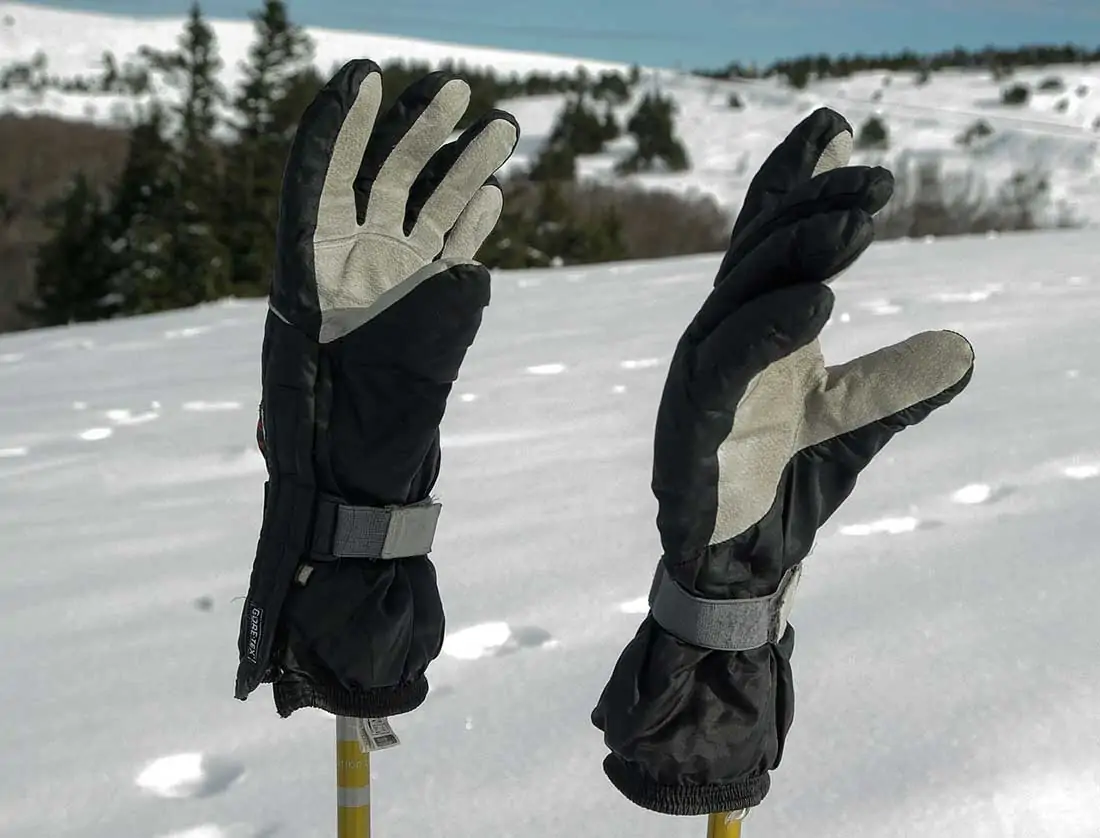
Don’t Forget your Goggles!
Sunlight reflects off of snow, creating a sharp glare and causing snow blindness. You need special polarized sunglasses or skiing goggles to minimize this effect. Moreover, harmful ultraviolet rays can cause long-term damage to the eyes. So, don’t forget to buy sunglasses and goggles with your gear.
- Suitable Material: Ultraviolet Protective Coating
- Minimum Cost: $55
- Perfect for Conditions like: Bright and sunny days
- Type of Skiing: All types, especially summer skiing
- Salient Features: Improve visibility, reduce glare and snow blindness
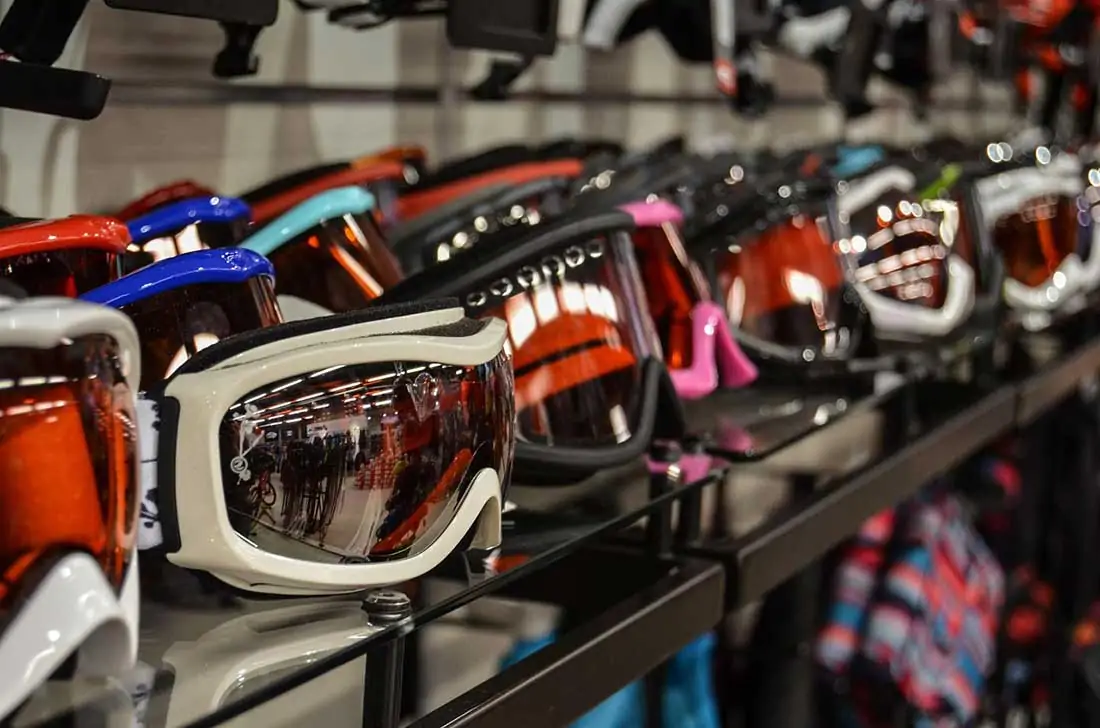
Helmet is a Necessity, Not a Choice
Most people think that since snow is soft, they do not need helmets. Even if they fall a lot, as most beginners do, it’ll be alright. However, this notion couldn’t be more wrong. You are always at risk for injuries and accidents while skiing. You can fall down on a boulder hidden by the snow, causing great damage that’s why, helmets are a must in ski gear. Look for helmets according to your head size, snug but not too tight.
- Suitable Material: Hard exterior, internal foam lining
- Minimum Cost: $90
- Perfect for Conditions like: Must for all conditions
- Type of Skiing: All types
- Salient Features: Snug fit, should not hinder your goggles
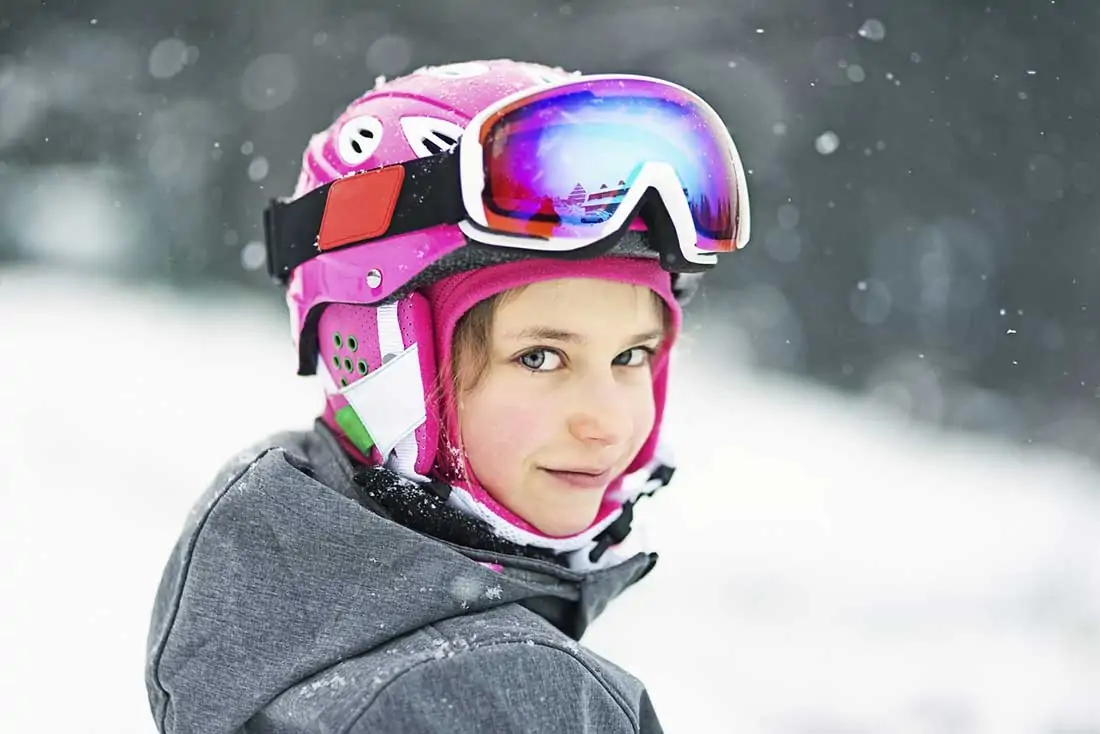
Opt for Ski Gaiters
Ski gaiters are available for the neck, boots, and sleeves. They provide additional coverage and warmth during cold weather, especially blizzards. Gaiters block snow and prevent it from getting inside your clothes. Buy gaiters based on your size. They should be a size too small but not suffocating.
- Suitable Material: Nylon, synthetics to keep the moisture out
- Minimum Cost: $25
- Perfect for Conditions like Wet weather, rain, snow, and blizzards
- Type of Skiing: Downhill, backcountry
- Salient Features: Wick away moisture, soft, breathable
The Problem with Sports Bras
First of all, they do not satisfy personalized needs. All women require a bra that is perfect for them, especially those who participate in outdoor activities. Second, regular sports bras do a poor job of wicking away moisture. As a result, you start feeling uncomfortable due to perspiration. Look for sports bras that are a perfect fit and can keep your breasts in shape. Stay away from underwire and padded bras because the former adds to discomfort, while the latter soaks up moisture. Also, avoid hooks and straps. Buy V-style bras that prevent the straps from sliding off the shoulder.
- Suitable Material: Nylon, polyester, spandex
- Minimum Cost: $85
- Perfect for Conditions like All conditions
- Type of Skiing: All types
- Salient Features: Breathable, wicking properties, snug fit
Wear Socks specialized for Skiing
Socks made to wear as part of the skiing gear are thicker and longer than regular socks. They also have extra padding around heels and toes to provide maximum insulation and prevent frostbite. Socks with reinforcement on shins cushion your fall and provide support for standing for a long time. Like all ski wear, socks should be made of fabric with wicking characteristics.
- Suitable Material: Merino wool, polyester, nylon, fleece
- Minimum Cost: $16
- Perfect for Conditions like: Cold, snow
- Type of Skiing: Backcountry, uphill
- Salient Features: Moisture-proof, well insulated, flat toes seams, breathable
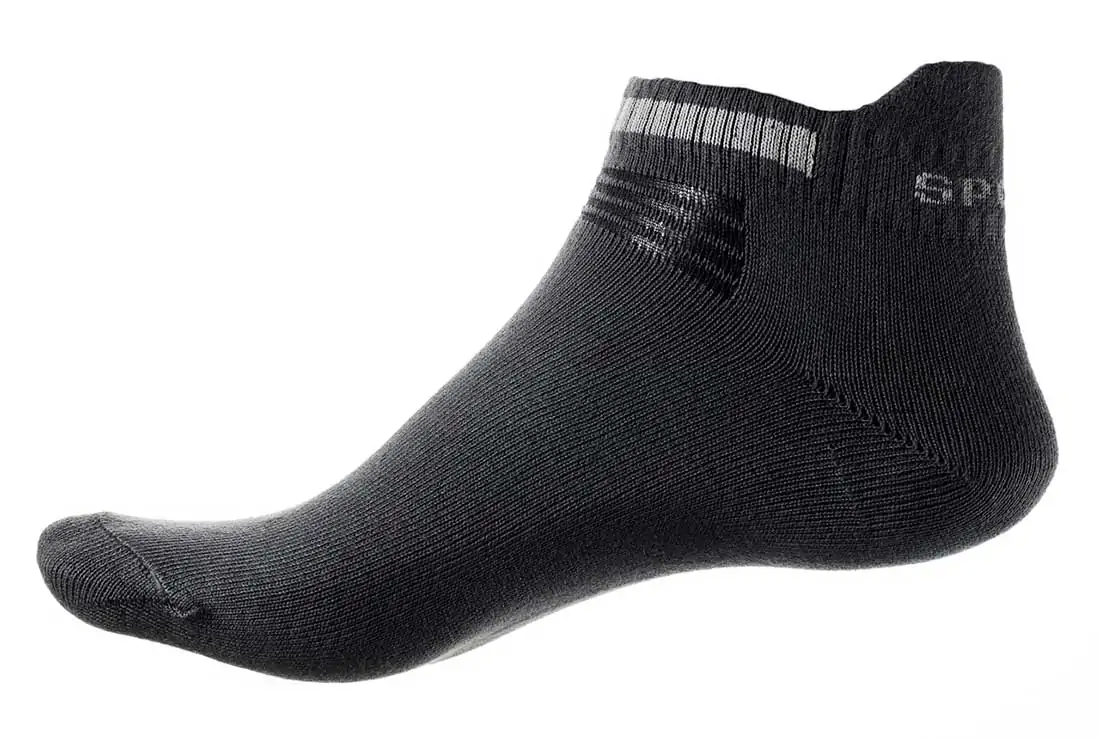
Rent Ski Boots
You cannot wear regular boots while skiing because they are not compatible with snowboards. Ski boots are probably the most expensive gear among all the items listed here since they are made specially for skiing. You can buy as well as rent them. Make sure to choose ski boots with buckles and Velcro straps for a snug fit. Ski boots should have enough room to let you wriggle your toes. They come in a variety of materials, from hard to soft. As a beginner, opt for mild hardness.
- Suitable Material: Plastic exterior, shell with insulating pads
- Minimum Cost: $700
- Perfect for Conditions like: Extreme wet and cold
- Type of Skiing: All types
- Salient Features: Snug fit, keep your feet warm
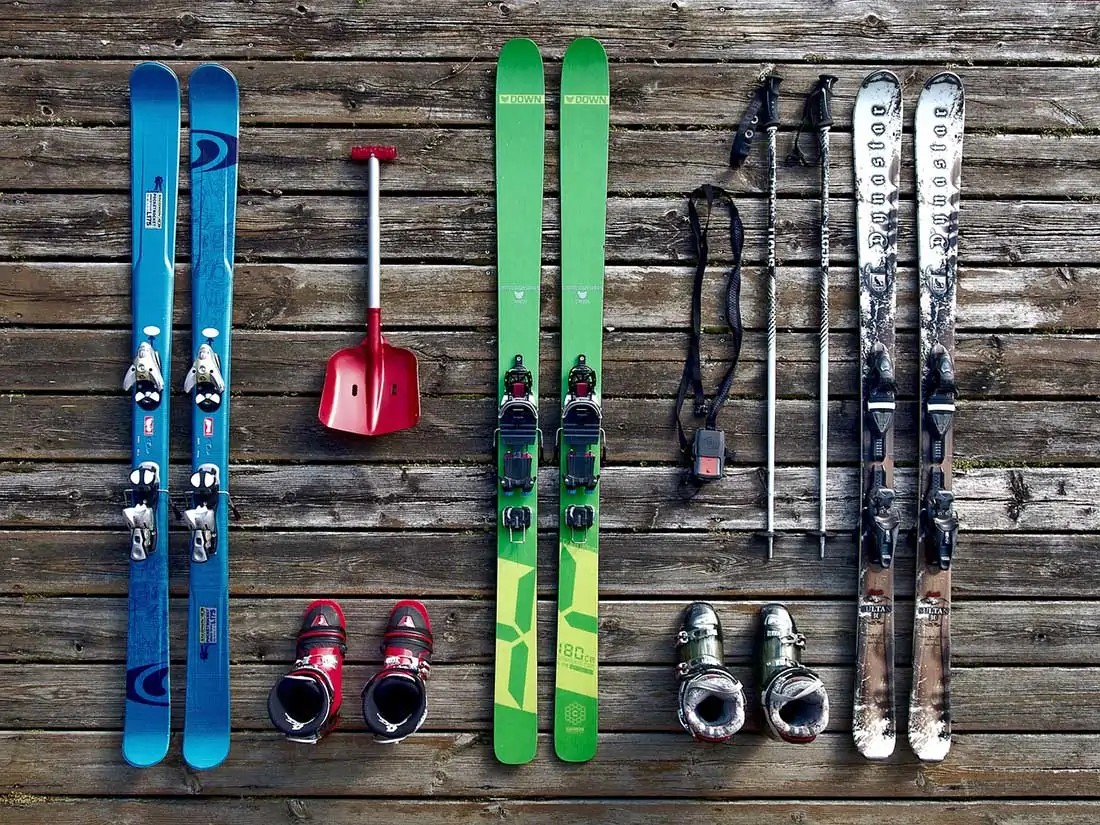
Give Attention to the Extra Bits
All the items mentioned above are fundamental about what to wear skiing for beginners. Going without any of them is equal to risking injury. While some gear provides you protection against accidents and cold, some are optional but having them will make your skiing experience even more fun and memorable. These include:
- A Beanie – if you get cold too easily, especially around your ears, then you need to have a beanie underneath your helmet. Make sure the beanie or hat is thin enough to fit below your helmet and long enough to cover your ears.
- Sunscreen and Moisturizer – Although, the majority of your body is covered during skiing, some part of your face is still exposed to sunlight. Sunlight contains UVA and UVB rays which are harmful to skin and can lead to cancer as well. Protect your skin with sunscreen or sunblock. Apply moisturizer to soothe wind-burned skin.
- Backpack – wear a backpack as a first time skier, to keep the layers of clothing you take off and items you feel like you don’t need. Make sure it is not too heavy and doesn’t strain your back, but is light enough to allow free movement.
- Snacks – since you are doing hard exercise and constantly moving about, keep some snacks with you as you’re bound to get hungry. These snacks should be high in energy, such as chocolate bars. Don’t forget to store some water bottles as well.
Ski and Board Safety Tips you need to know before you hit the Snow
Wearing the right gear is not all there is to remember when it comes to skiing for the first time. Whether you’re skiing for fun during vacations or hoping to enter the competitive world, there are some safety tips you need to keep in mind.
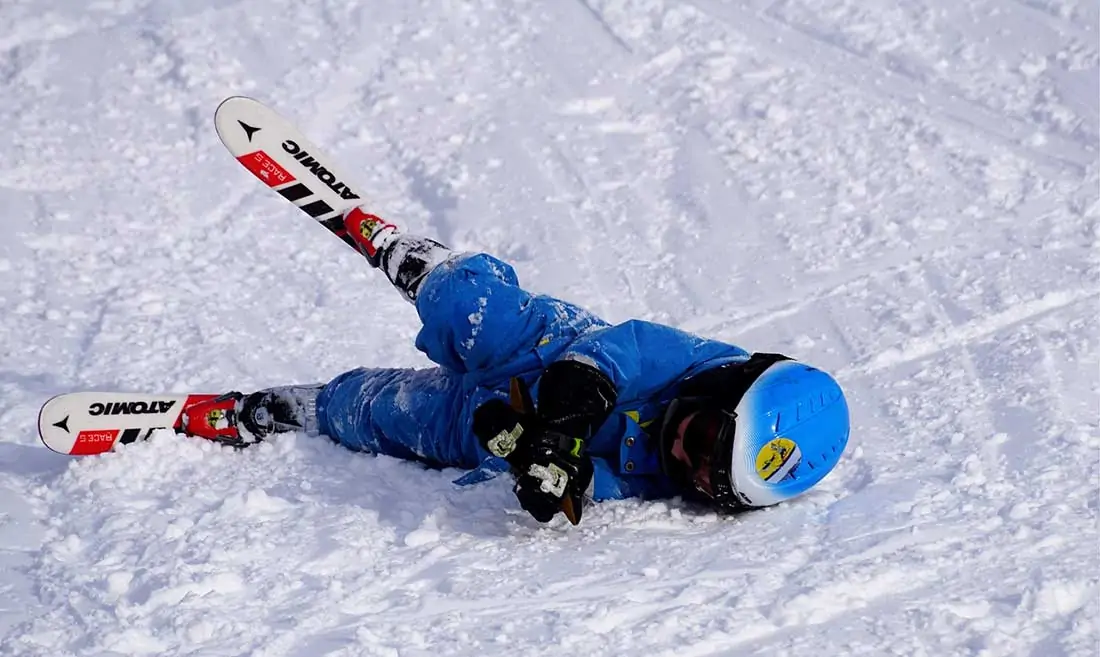
Get a Lesson
If you are spending your vacations at a resort, make sure to get lessons before actually going skiing, or check out How to Ski A Complete Guide. Vacation resorts usually have instructors to guide and supervise the guests. Ask them for guidance and get the basics down before attempting skiing on your own.
Do mild exercise to warm up
Warm-up is essential to hard exercise. Before skiing and wearing your full gear, warm up with some mild exercises. Do a bit of running, a few sets of push-ups, etc. Also, stretching is necessary. Stretch your muscles to warm them up before hitting the snow boards.
Don’t go beyond your Limit
It is understandable if you get so excited about what to wear skiing and skiing itself for the first time that you overestimate your own limits. Skiing is a fun and exhilarating sport, which makes you continue doing it. However, do not forget your limits and stop when you start to feel tired. If you don’t, you can end up in a hospital with serious complications. Moreover, don’t ride on trails above your skill level and stay in control of your skis and board. It is really easy for beginners to lose control of their boards due to inexperience.
Check your Equipment before Skiing
Even if your gear is all new and fancy, defective equipment can still cause accidents and result in injuries. Since you’ll be renting your equipment if you’re skiing for fun, make sure to check all your stuff for any damages. Service providers usually keep everything in perfect and functional condition but as a precaution, ensure that your instructor checks it once before you go off skiing.
Stick to Rules
In the excitement, most skiing beginners ignore rules and go off trail. Make sure you’re not one of them. Stay on the trail and do not try stunts that will put you as well as others around you in danger. Obey any warning signs you find on the mountain and do not go beyond the trail closure line.
Conclusion
Remember to wear layers that you can easily add or remove as needed. Staying warm and dry is vital, but overheating can be uncomfortable. Always check the weather forecast before heading out and adjust your clothing accordingly. Lastly, ensure that everything fits well and comfortably to make your skiing experience enjoyable.
